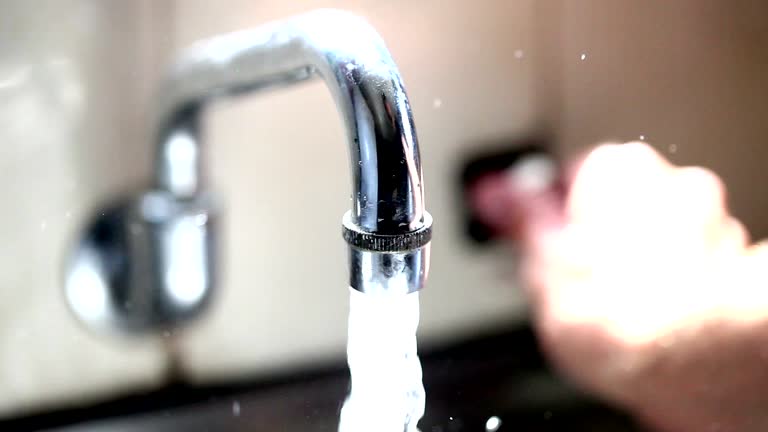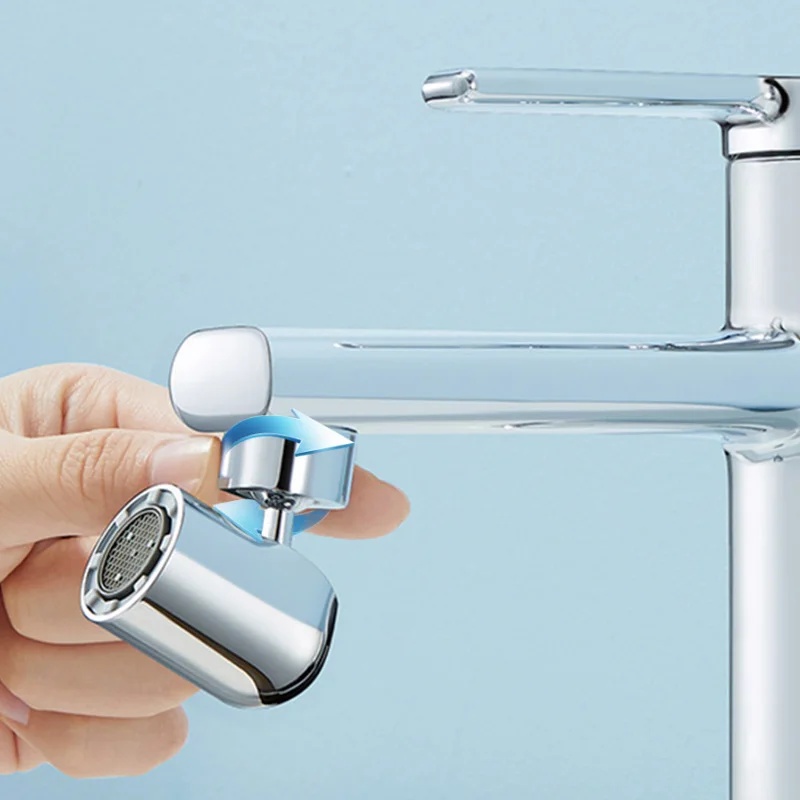A Deep Dive into Eco-Friendly Fixtures
A Drop in the Ocean
The Importance of Saving Water
Water is our most precious resource, yet it’s often taken for granted. With water scarcity becoming a growing concern globally, every effort to conserve water makes a difference. Enter water-saving faucets – not just a trendy fixture but a necessity in the modern eco-conscious household. They’re about making every drop count, whether it’s in the kitchen, bathroom, or garden.
How Water-Saving Faucets Work
The Mechanics Behind the Magic
At their core, water-saving faucets are designed to limit water flow. They achieve this through:
- Aerators: These tiny devices mix air with water, creating a steady, even flow while using less water.
- Flow Restrictors: Fitted inside the faucet, these components reduce water flow to a more eco-friendly level.
The Benefits
More Than Just Water Conservation
Switching to water-saving faucets isn’t just good for the planet – it’s good for your wallet too. Here’s how:
- Reduced Water Bills: Less water usage equals lower bills. It’s as simple as that.
- Energy Efficiency: Using less hot water means less energy spent on heating, further reducing your energy bills.
- Environmental Impact: Less water waste contributes to the overall effort of conserving our planet’s water resources.
Choosing the Right Water-Saving Faucet
Tips and Tricks
Not all water-saving faucets are created equal. Here’s what to consider when choosing one:
- Check the Flow Rate: Measured in gallons per minute (GPM), the lower the rate, the more water-efficient the faucet.
- Look for Certifications: Labels like EPA’s WaterSense indicate the fixture meets specific water-saving standards.
- Consider the Design: Ensure the faucet fits the style and functionality of your space.
Installation and Maintenance
A DIY Guide
Installing a water-saving faucet can be a fun DIY project. Here’s a quick rundown:
- Turn off the Water Supply: Always start by shutting off your water supply to avoid an unexpected fountain.
- Remove the Old Faucet: Unscrew and disconnect your old faucet. This might require some elbow grease.
- Install the New Faucet: Follow the manufacturer’s instructions to install your new water-saving fixture.

Maintaining your water-saving faucet is crucial for its longevity:
- Regular Cleaning: Keep aerators and flow restrictors free from debris and limescale buildup.
- Check for Leaks: A dripping faucet defeats the purpose of water conservation.
The Latest in Water-Saving Technology
Smart Faucets
The future of water conservation in the home is smart faucets. These high-tech fixtures come with features like:
- Touchless Operation: Reduces water use by running only when needed.
- Temperature Control: Prevents the unnecessary waste of water while waiting for it to heat up.

Water-Saving Faucets in the Real World
User Experiences
Hearing from those who’ve made the switch can be enlightening. Many users report:
- Noticeable Reduction in Water Bills: A common theme among satisfied users.
- Ease of Use and Adaptation: Most find the transition to water-saving faucets seamless.
The Cost Factor
Investing in Sustainability
While water-saving faucets might have a higher upfront cost, they’re an investment. Over time, they pay for themselves through reduced water and energy bills.
Making the Switch
A Step Towards a Greener Home
Adopting water-saving faucets is a straightforward yet impactful step towards a more sustainable home. It’s a choice that benefits both the environment and your finances.
Every Drop Counts
In conclusion, water-saving faucets represent a small but significant step in our journey towards a more sustainable and responsible use of water. By understanding their benefits, installation, and maintenance, and making informed choices, we can all contribute to a healthier planet and a more sustainable future.

